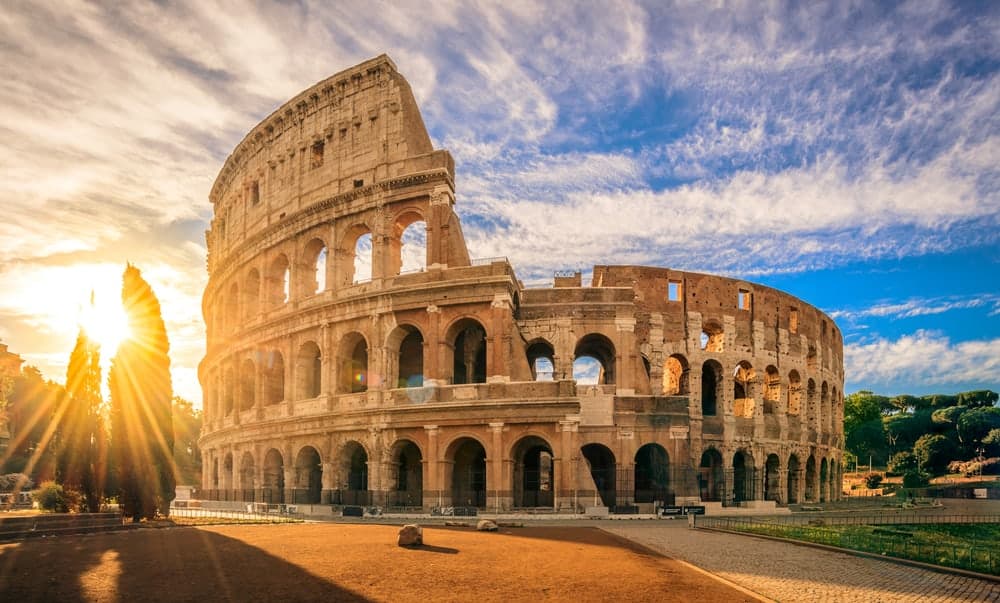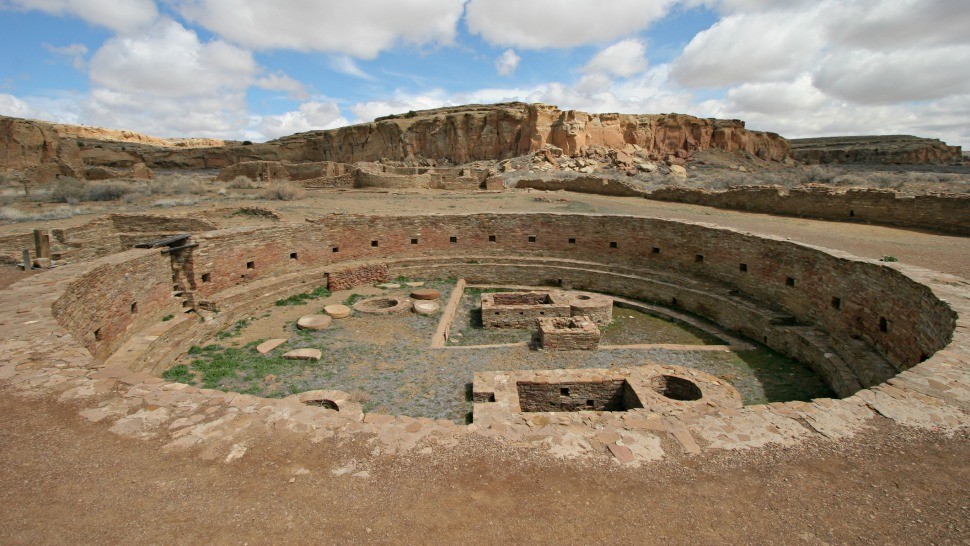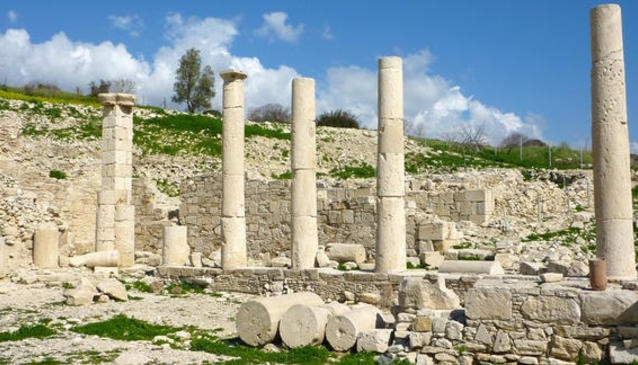Also known as the Flavian Amphitheatre, the Colosseum is an oval amphitheatre situated just east of the Roman Forum in the centre of Rome, Italy.
Built from travertine, tuff, and brick-faced concrete, the Colosseum is the largest amphitheatre ever built and could hold an estimated 50,000-80,000 spectators.
Construction of the Colosseum began at the behest of Emperor Vespasian in AD 72 and was completed in AD 80 under the watchful eye of his successor and heir, Titus.
Housing an average audience of approximately 65,000 people, the Colosseum was used for gladiatorial contests and public spectacles.
The Origins of the Colosseum
The site of the Colosseum was chosen as it was a flat area situated on the floor of a low valley between the Caelian, Palatine, and Esquiline Hills, through which a canalised stream ran. The densely populated area was largely devastated by the Great Fire of Rome in AD 64, after which Nero seized the area to add to his personal domain.
He built the Domus Aurea and Colossus of Nero on the site, however only the Colossus of Nero was preserved during the construction of the Flavian Amphitheatre under Emperor Vespasian in AD 72. Completed under Titus in AD 80, the inaugural games were held in AD 81.
Medieval Alterations to the Colosseum
The Colosseum was used for gladiatorial contests and public spectacles well into the 6th century – which surely would’ve been popular amongst New Zealand sports betting enthusiasts – but underwent several radical changes of use by the late 6th century.
A small chapel was built into the structure of the Colosseum and the arena was converted into a cemetery, while the vaulted spaces were turned into housing and workshops. In approximately 1200, the Frangipani family took ownership of the Colosseum and used it as a castle by adding fortifications.
After the great earthquake of 1349 destroyed the outer south side of the Colosseum, much of the stone was reused to build infrastructure around the city.
The interior was also extensively stripped of stone and the bronze clamps were hacked out of the walls creating pockmarks which still scar the building today.
Modern Alterations to the Colosseum
During the 16th and 17th century, Church officials sought a productive function for the site and Pope Sixtus V intended to convert the building into a wool factory to provide employment for the prostitutes of Rome, however this plan never came to fruition.
Then in 1749, Pope Benedict XIV declared the Colosseum a sacred site and installed Stations of the Cross, forbidding it from use as a quarry.
Later popes initiated various restoration projects and the façade was reinforced with triangular brick wedges in 1807 and 1827, while repairs to the interior took place in 1831, 1846, and the 1930s.

The Colosseum Today
The effects of pollution and general deterioration elicited a major restoration project which took place between 1993 and 2000 and today the Colosseum is one of the most popular tourist attractions in the world visited by millions annually.



